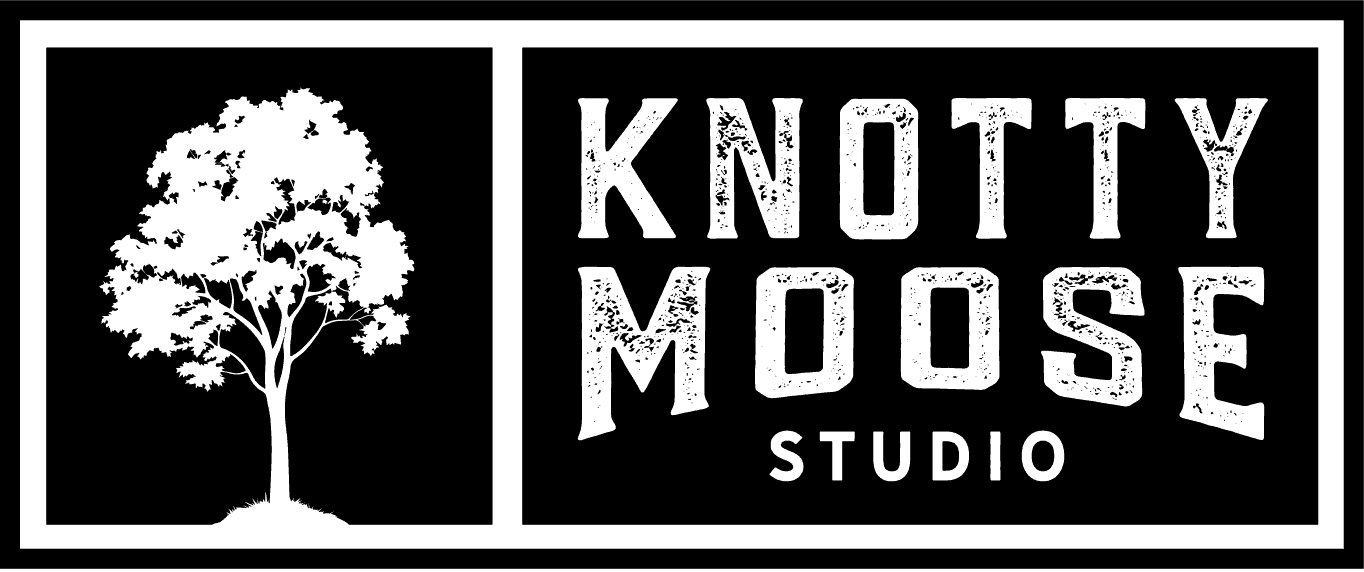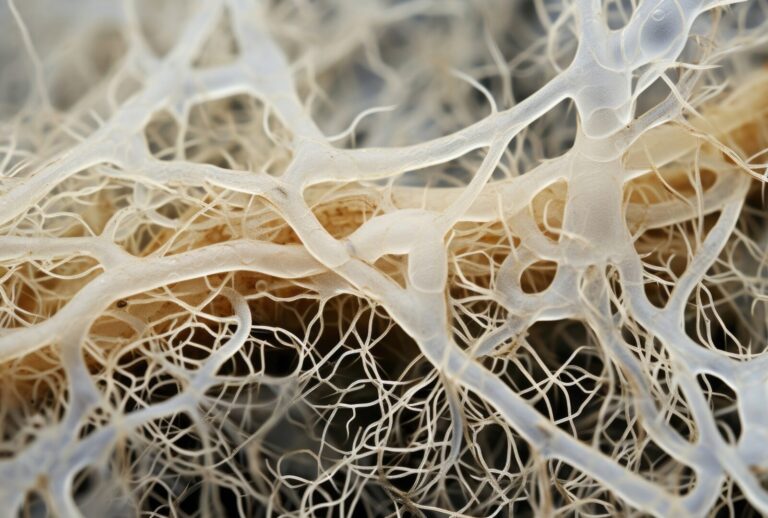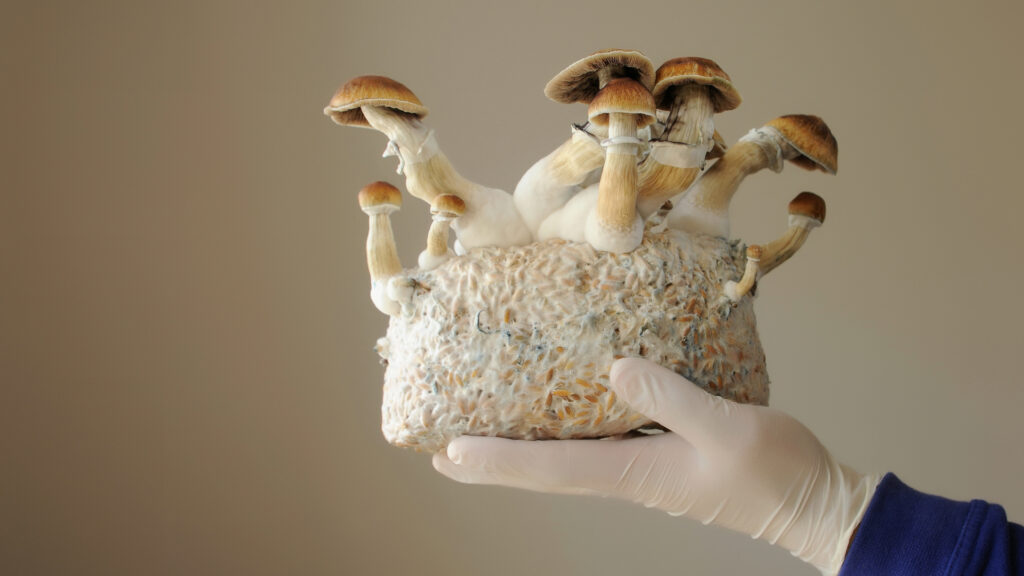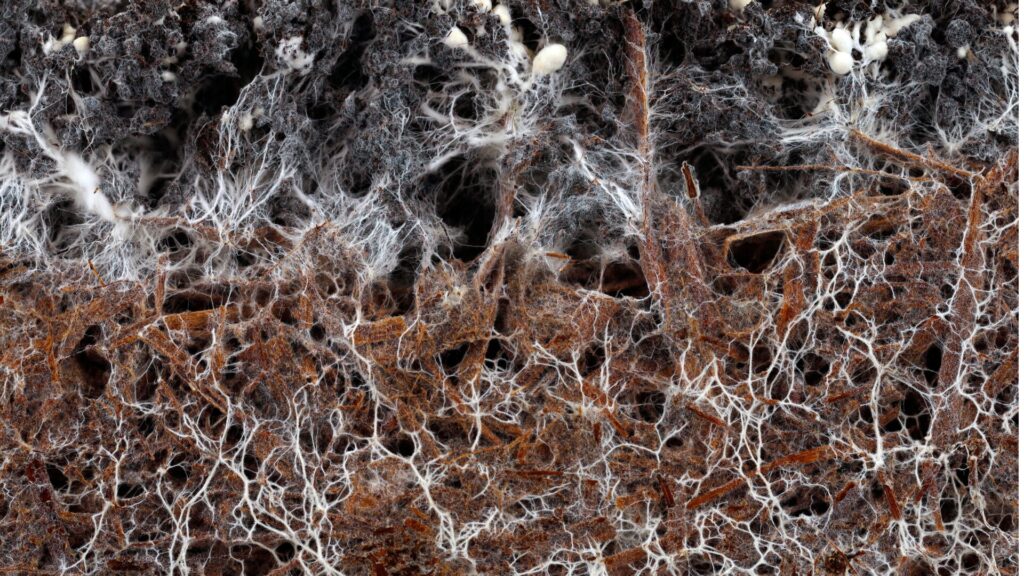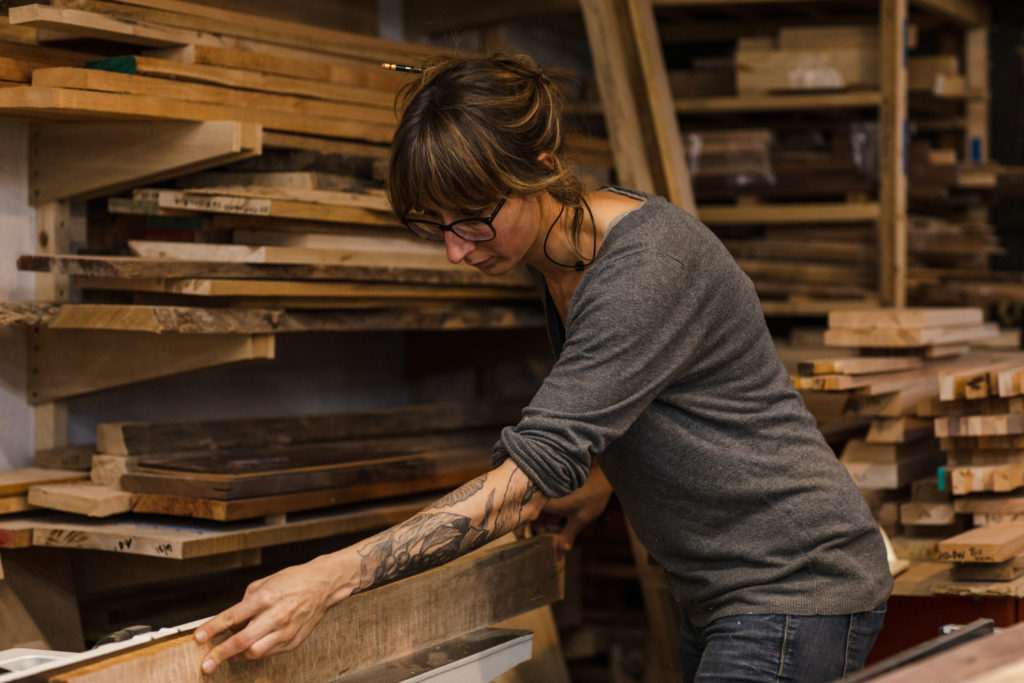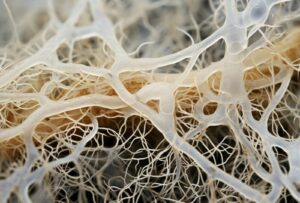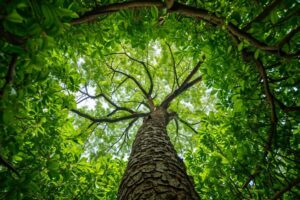Last month we began the discussion of Mycorrhizal Networks and how important they are to the trees in a forest, if you missed it, check out our Mother Tree post.
Mycorrhizal Networks (MN) are fungal networks that connect at least two plants. By colonizing and connecting the roots of the host plant with the surrounding soil, they facilitate the transfer of minerals, water, nutrients, carbon, and other mutually symbiotic benefits. To understand HOW fungi support trees, it is important to understand what they actually are.
Mushroom -vs- Mycelium
The Kingdom of Fungi includes many organisms including mushrooms, yeasts, molds, morels, and truffles. All mushrooms are fungi, but not all fungi are mushrooms, though they ALL play a key role as the primary decomposers of organic matter. If you want to take a beautiful and educational dive into the world of Fungi, check out the documentary Fantastic Fungi, it is absolutely … well, fantastic.

With the exception of yeasts, fungi are made up of thread-like tubular cells called hyphae that branch out as they grow. A mass of Hyphae is what creates the body of a fungi, which is called a Mycelium, or plural-Mycelia. What we casually consider “mushrooms” (the stuff we eat) is actually the Sporocarp, or the fruiting body of the fungi, which only grows during reproduction to produce spores- same as flowers do with pollen and trees with seeds and nuts.
Life Underground
Most of fungal life is experienced unseen and underground as mycelia (OR inside a tree, which we will dive into this summer when we explore Spalting).
The term Mycorrhizal means “the symbiotic association of the mycelium of a fungus with the roots of a seed plant.”
The basic function of mycorrhizal fungi is that they aid a tree’s roots in absorbing water and mineral nutrients from the surrounding soil- specifically phosphorus, nitrogen, zinc, and copper. In exchange, fungi recieve sugars and fats, which they feed upon. Additional evidence suggests benefits that include “stress resistance and tolerance,” ”promoting long-term soil fertility” and behaviors that imitate “underground socialism.”
Over the last few decades, scientists are gaining a deeper understanding of how vital this relationship is- not only to the health, diversity, and survival of trees in a forest- but to sustainable agriculture. As the fields of Mycology and Agroforestry have grown however, there seems to be more questions than answers on the adaptive symbiotic relationships between fungi and plants. It is truly exciting to see where the research will take us.
Cheers,
Viktoria
Thank you for reading! We appreciate your time and attention. Feel free to share the info and spread the love of tree science and education. If you have any comments or suggestions for future topics, we’d love to hear from you!
References:
Simard, S. W., Beiler, K. J., Bingham, M. A., Deslippe, J. R., Philip, L. J., & Teste, F. P. (2012). Mycorrhizal networks: mechanisms, ecology and modelling. Fungal Biology Reviews, 26(1), 39-60.
Hotz, E. C., Bradshaw, A. J., Elliott, C., Carlson, K., Dentinger, B. T., & Naleway, S. E. (2023). Effect of agar concentration on structure and physiology of fungal hyphal systems. Journal of Materials Research and Technology, 24, 7614-7623.
Jansa, J., Bukovská, P., & Gryndler, M. (2013). Mycorrhizal hyphae as ecological niche for highly specialized hypersymbionts–or just soil free-riders?. Frontiers in Plant Science, 4, 50022.
Figueiredo AF, Boy J, Guggenberger G. 2021 Common Mycorrhizae Network: A Review of the Theories and Mechanisms Behind Underground Interactions. Frontiers in Fungal Biology 0, 48.
Chen M, Arato M, Borghi L, Nouri E, Reinhardt D. Beneficial Services of Arbuscular Mycorrhizal Fungi – From Ecology to Application. Front Plant Sci. 2018 Sep 4;9:1270. doi: 10.3389/fpls.2018.01270. PMID: 30233616; PMCID: PMC6132195.
“Fungi Structure.” 2021. March 6, 2021. https://bio.libretexts.org/@go/page/6626.
